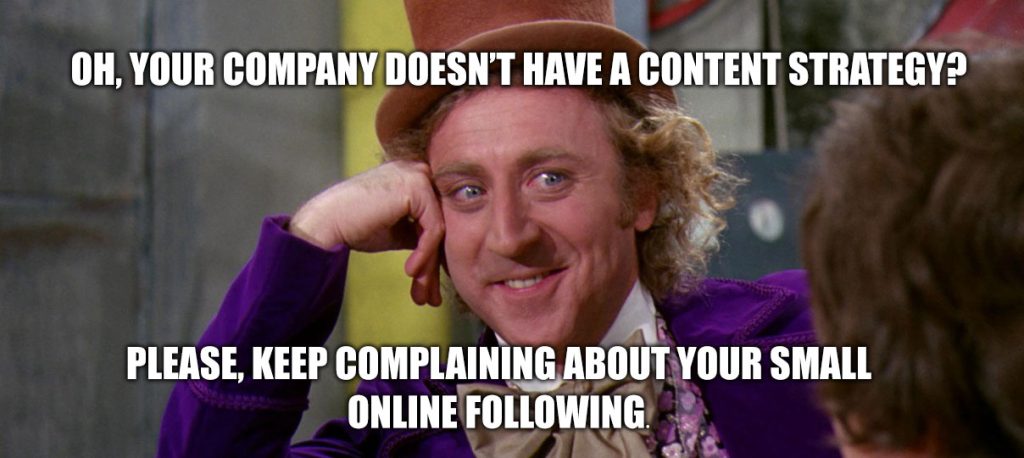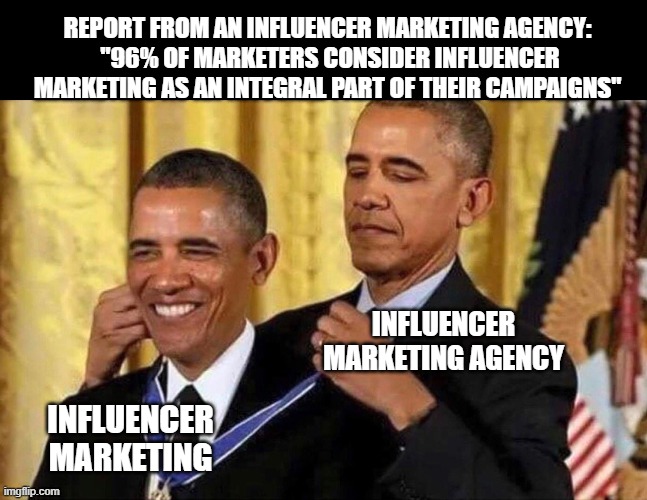Inbound Marketing for Absolute Newbies.
Comprehensive Guide For Building Inbound Engine In Your Company
Intro

In today’s digital landscape, inbound marketing has become an indispensable part of a company’s overall strategy. Unlike traditional outbound tactics that push messages out to potential customers, inbound marketing focuses on attracting them organically through valuable content and meaningful engagement. This approach not only builds trust and credibility but also aligns with the modern consumer’s behavior, where people prefer to research and discover solutions on their own terms.
Definition
Types of Inbound Marketing

Importance of Inbound Marketing
Enjoying the ride and want to connect?
Get in touch with me using that red button and we can discuss what you have in mind!
Use this form to book a Call with me
Tools for Inbound Marketing
Canva
Also Check Out Some of The Services That I Provide:
Audit
of your website, perfomance and brand campaigns, as well analysis of CJM and Funnel Management.
Consulting
Detailed recommendations based on analysis with handpicked tools and solutions.
Building Inbound Marketing Capabilities
Timeline for Building an Inbound Team
Month 1-2: Planning and Recruitment Begin by defining your inbound marketing goals and the specific roles needed to achieve them. Draft detailed job descriptions for positions such as content creators, SEO specialists, social media managers, and data analysts. Initiate the recruitment process to find qualified candidates. During this period, also start researching and selecting the tools and platforms that will support your inbound efforts, such as content management systems, SEO tools, and social media scheduling software.
Month 3-4: Onboarding and Initial Setup Once you’ve hired your team members, focus on onboarding them effectively. This includes familiarizing them with your company’s mission, goals, and existing marketing strategies. Set up the necessary tools and platforms, ensuring that everyone is trained on how to use them. Begin developing your content strategy, including identifying target audiences, creating a content calendar, and outlining key topics.
Month 5-6: Content Creation and Initial Campaigns With your team in place and tools set up, start creating content and launching initial campaigns. This includes writing blog posts, producing videos, crafting social media posts, and optimizing your website for SEO. Implement email marketing campaigns and begin engaging with your audience on social media. Track the performance of these initial efforts to gather data and insights.
Month 7-8: Monitoring and Optimization As your campaigns run, closely monitor their performance using analytics tools. Measure key metrics such as website traffic, lead generation, social media engagement, and email open rates. Use this data to refine your strategies and improve the effectiveness of your campaigns. Conduct regular team meetings to review progress, share insights, and make necessary adjustments.
Month 9-12: Scaling and Continuous Improvement By this stage, your inbound marketing engine should be running smoothly. Focus on scaling your efforts by increasing content production, expanding your social media presence, and exploring new marketing channels. Continuously optimize your campaigns based on performance data and industry trends. Foster a culture of continuous improvement within your team to ensure sustained success.
Measuring success of inbound marketing
Website Traffic: One of the primary indicators of inbound marketing success is the volume of traffic to your website. By tracking the number of visitors, you can gauge the reach of your content and marketing efforts. Tools like Google Analytics provide detailed insights into traffic sources, such as organic search, social media, referrals, and direct visits. A steady increase in website traffic suggests that your inbound strategies are attracting more potential customers.
Lead Generation: The number of leads generated is another critical metric. Leads are potential customers who have shown interest in your offerings by providing their contact information. Tracking lead generation helps you understand how effectively your content and campaigns are converting visitors into prospects. Monitoring this metric allows you to identify which content pieces or channels are most effective at capturing leads.
Conversion Rates: Conversion rates measure the percentage of website visitors who take a desired action, such as filling out a form, downloading a resource, or making a purchase. High conversion rates indicate that your content and calls to action (CTAs) are compelling and relevant to your audience. Analyzing conversion rates at different stages of the buyer’s journey helps pinpoint areas for improvement.
Customer Acquisition Cost (CAC): CAC is the total cost of acquiring a new customer, including marketing and sales expenses. Calculating CAC helps you evaluate the efficiency of your inbound marketing efforts in driving new business. A lower CAC indicates that your strategies are cost-effective. To calculate CAC, divide the total marketing and sales costs by the number of new customers acquired during a specific period.
Return on Investment (ROI): ROI measures the profitability of your inbound marketing activities. It is calculated by subtracting the total costs from the revenue generated and then dividing by the total costs. A positive ROI indicates that your inbound marketing efforts are generating more revenue than the amount invested. Monitoring ROI helps you allocate resources effectively and focus on high-performing strategies.
Engagement Metrics: Engagement metrics, such as social media likes, shares, comments, and email open rates, provide insights into how your audience interacts with your content. High engagement levels indicate that your content resonates with your audience and encourages them to participate. Tracking these metrics helps you refine your content strategy and improve audience interaction.
Customer Lifetime Value (LTV): LTV is the estimated total revenue generated by a customer over their relationship with your business. Calculating LTV helps you understand the long-term value of acquired customers and the effectiveness of your retention strategies. A higher LTV suggests that your inbound marketing efforts are attracting loyal customers who contribute to sustained revenue.
Retention Rate: Retention rate measures the percentage of customers who continue to do business with you over a specific period. High retention rates indicate that your inbound marketing and customer engagement strategies are successful in maintaining customer loyalty. Tracking retention rates helps you identify areas for improving customer satisfaction and retention efforts.
Calculating Group ROI

Industries Suited for Inbound Marketing and Use Cases
Conclusion

To stay updated with more insights on effectively using marketing for your business, subscribe to my blog. Here, you’ll find detailed guides, case studies, and practical tips to help you navigate the ever-evolving landscape of digital marketing. Join our community and start maximizing your marketing potential today!



